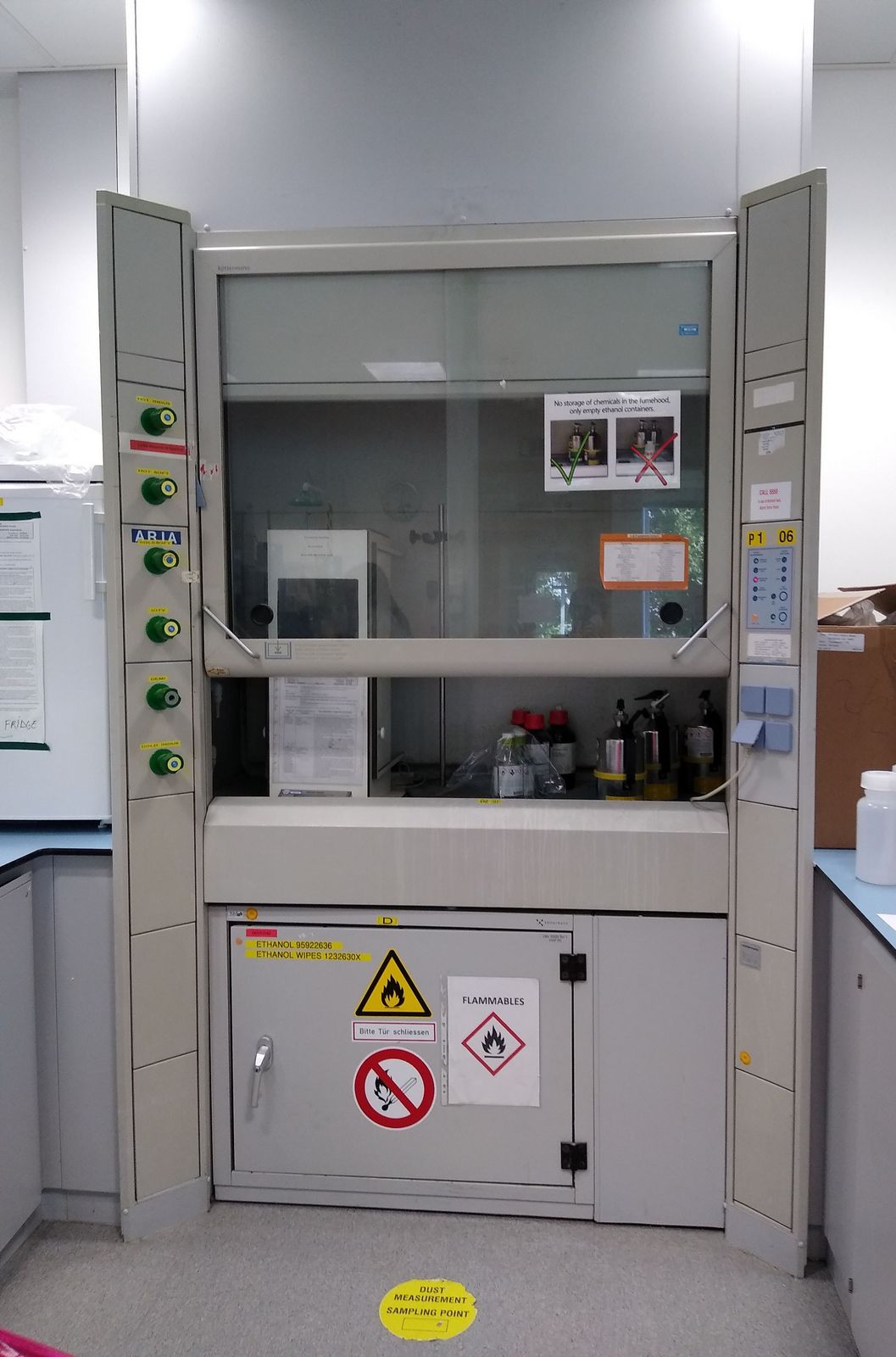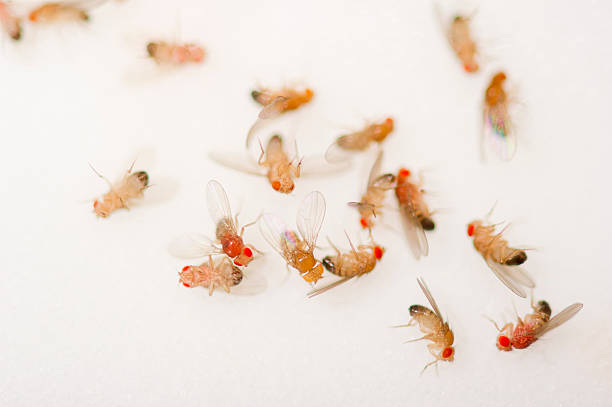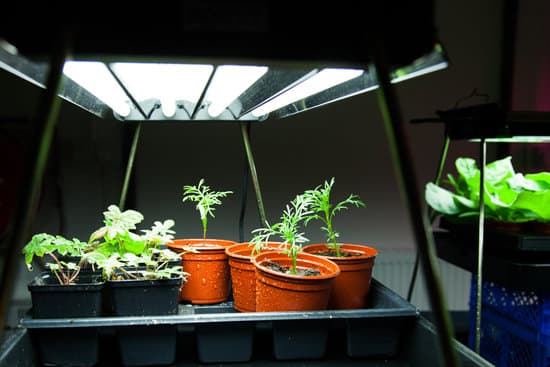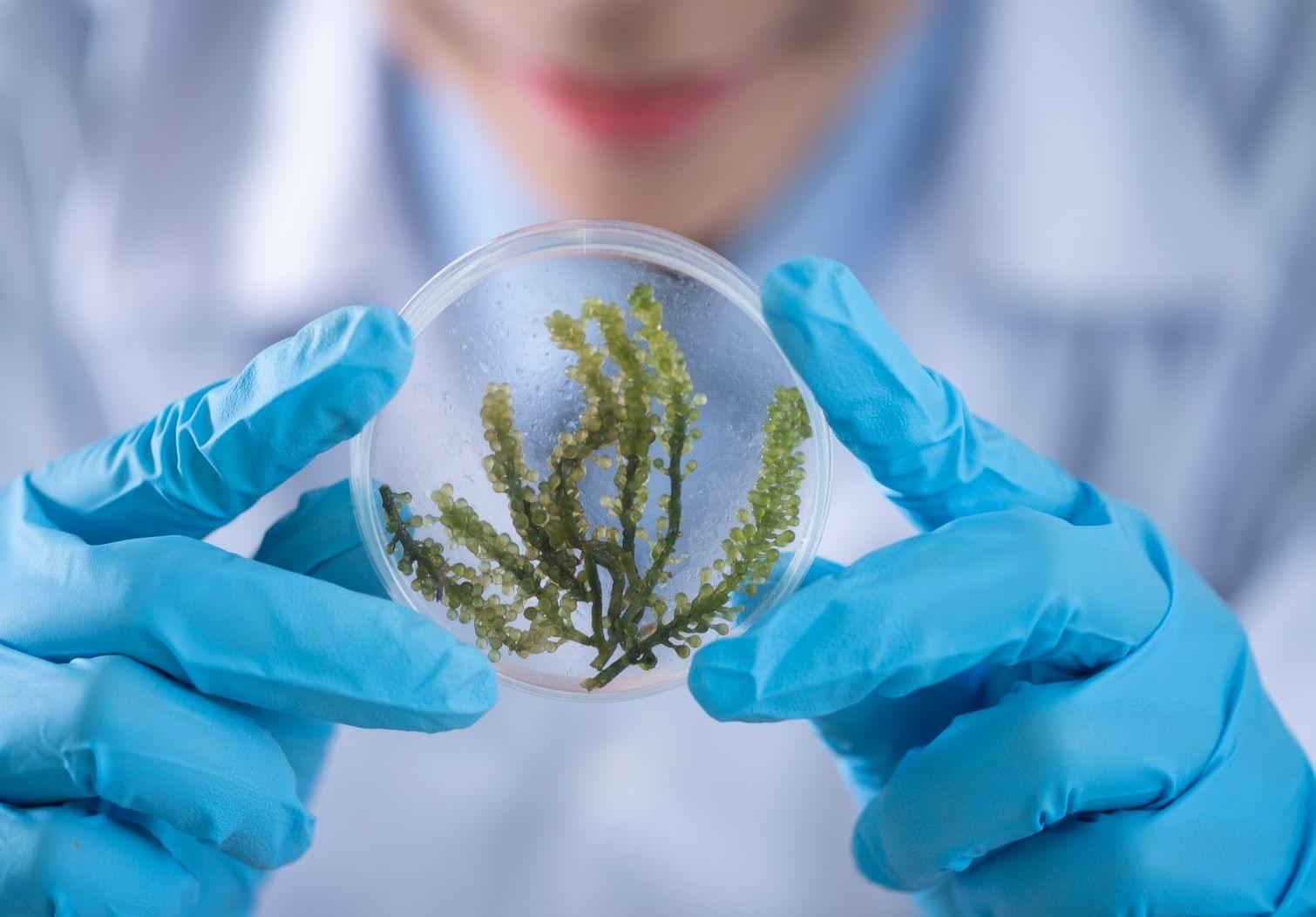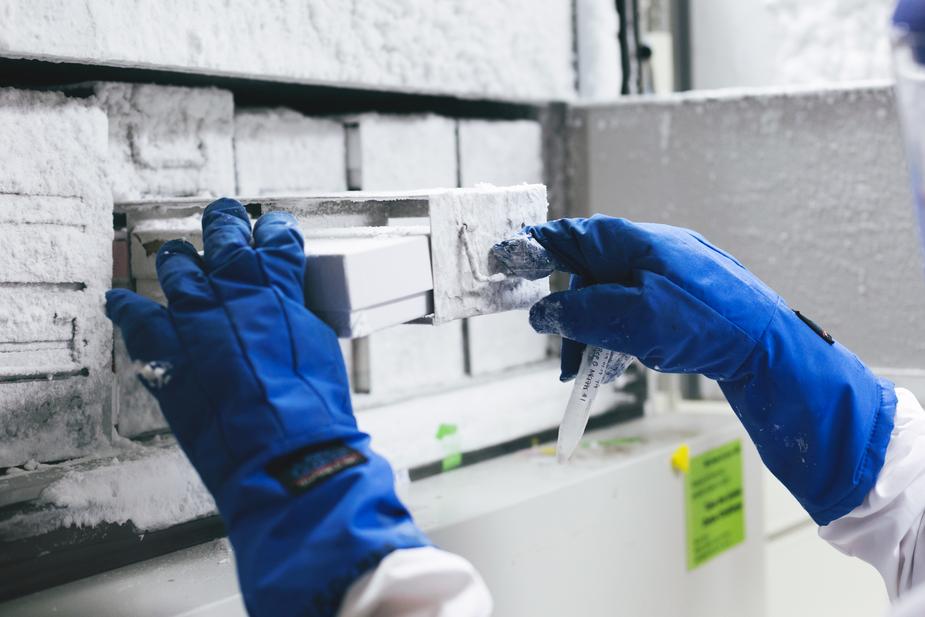
"How can my Fridges & Freezers be more Sustainable?"
Fridges and Freezers can consume a surprising amount of energy. They can account for 5%+ of a laboratory’s electricity use. A -80°C (Ultra-Low Temperature - ULT) Freezer uses as much energy as a home, and that doesn’t include the significant cooling required to balance the heat output from the freezer coils. There are over 500,000 ULT Freezers in the United States which requires more energy to power than the Hoover Dam can generate. And the number is exploding with vaccine storage requirements.
1. Preventative Maintenance
Fridges and freezers should undergo annual inspections and preventative maintenance. It is important for increasing the longevity of the fridge/freezer, bringing energy savings, improving sample security, and reducing the risk of failure. The savings generated from proper maintenance can easily cover the costs of this work.
Maintenance also includes regularly vacuuming the dust from intake and coils.
2. Fridge/Freezer Inventories
A fridge/freezer inventory reduces the likelihood of misplaced samples and improves sample access speed. Most energy is wasted during door openings. Knowing where your sample is in your fridge/freezer can keep the door opening time to a minimum. Consider an electronic searchable inventory.
3. Regularly Defrost
Defrosting freezers should be part of your regular maintenance schedule. It helps ensure there is no build-up of ice on the seals. Ice also takes up storage room and can give you the illusion that your freezer is full, making you think you need a new one. Plus, if the temperature probe is covered in ice, the actual temperature can be off by 5°C.
To defrost a freezer
A. Move out your samples on a Friday evening
B. Unplug and prop the door open (Check manual for proper turn-off sequence)
C. Place towels or cardboard underneath the door to catch the water
D. Let the freezer sit for the weekend to dry out
E. On Monday, remove the towels/cardboard (Once cardboard is dried, it can be recycled)
F. Sanitize
G. Turn on again
H. When freezer has reached operating temperatures, move your samples back
4. Do an Annual Clean Out
Most labs, especially those who do not have, or have out-of-date inventories, do not know what is in their fridge/freezer. Freezer clean-outs conducted in labs at UC Davis and the CDC found that 10-30% of items stored in refrigeration units were no longer needed or no longer viable. Doing a freezer clean out makes sample finding faster. It also frees up room in existing freezers, enabling consolidation, and reduces the need to buy new freezers.
5. Check your Operating Temperature
Historically, the first ULT freezers operated at -60°C. Later, as technology improved, they were upgraded to -70°C. Starting in the late 1980s manufacturers came out with an upgraded option that allowed the freezer to operate at -80°C, but with a considerable cost bump. Since, there was little evidence that lower temperatures provided better sample stability [The (re-)crystallization points of water are 0°C, ~ -60°C, and ~135°C], it took labs many years to make the change. Although the types of samples stored have not significantly changed, -80°C ULT freezers have become the norm. Today, most ULT freezers have a setpoint somewhere between -80°C and -86°C. It can cost around $750-$1000 USD to run one of these freezers for one year.
A ULT freezer set to -70°C instead of -80°C uses up to 40% less energy. In addition, it causes less stress on the compressor, which will increase the life of your freezer and decrease the risk of unexpected failure. Also, the freezer releases less heat, meaning that it will cost you less to cool down the room.
There have been some publications proving that DNA, RNA, antigens, viruses and competent cells are stable at -70°C for more than 20 years. A list of samples which researchers are successfully storing at -70°C can be found here.
This reasoning extends to normal freezers. For example, we’ve noticed that Australian labs set their freezers to -30°C whereas in North America and UK, they are only set to -20°C.
6. Downgrade your Cold Storage
A -20°C freezer consumes 80% less energy than a ULT freezer and room temperature storage costs almost nothing. By storing your samples and reagents at warmer temperatures, massive energy savings can be accrued.
Many reagents and samples do not require storage at ULT temperatures. For example, there is evidence that DNA can be stored in a standard -20°C freezer.
Look to buy DNA, plasmids, regents, and testing kits that can be stored at room temperature.
7. Increase Storage Density
Most labs use fridge/freezer boxes that store only 81 samples (9x9 dividers) or 100 samples (10x10 dividers). In order to maximize existing space, consider switching to high-density storage (13x13 dividers) or smaller tubes. This will allow you to fit more samples in a single fridge/freezer.
8. Combine Storage with Other Labs
If your lab does not need a whole fridge/freezer, you can share with an adjacent lab. This keeps your fridge/freezer full, which increases efficiency, and reduced your need to buy and run extra fridge/freezers.
9. Buy an
Energy Star® rated Freezers
A fridge/freezer is a piece of equipment you are purchasing that, from the day it is delivered, will be on 24/7/365 until it fails.
There are many other considerations, such as insulation, inner-door insulation and gaskets, sealing gaskets, refrigerant type, configuration/layout, compressor run time percentage, heat exchanger type, noise output, and heat output, when deciding on the most sustainable freezer for your lab needs.
As a shortcut, look for Energy Star® rated freezers. These freezers use 60% less energy than standard-efficiency models.
Credit: Juerg Matter
